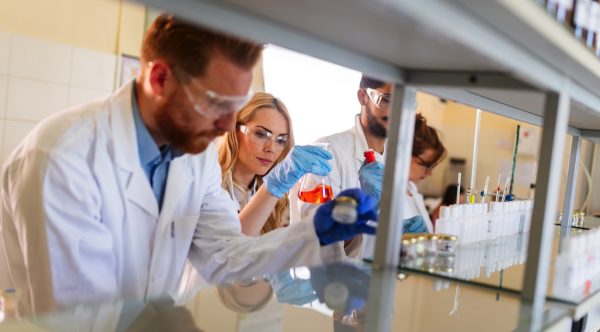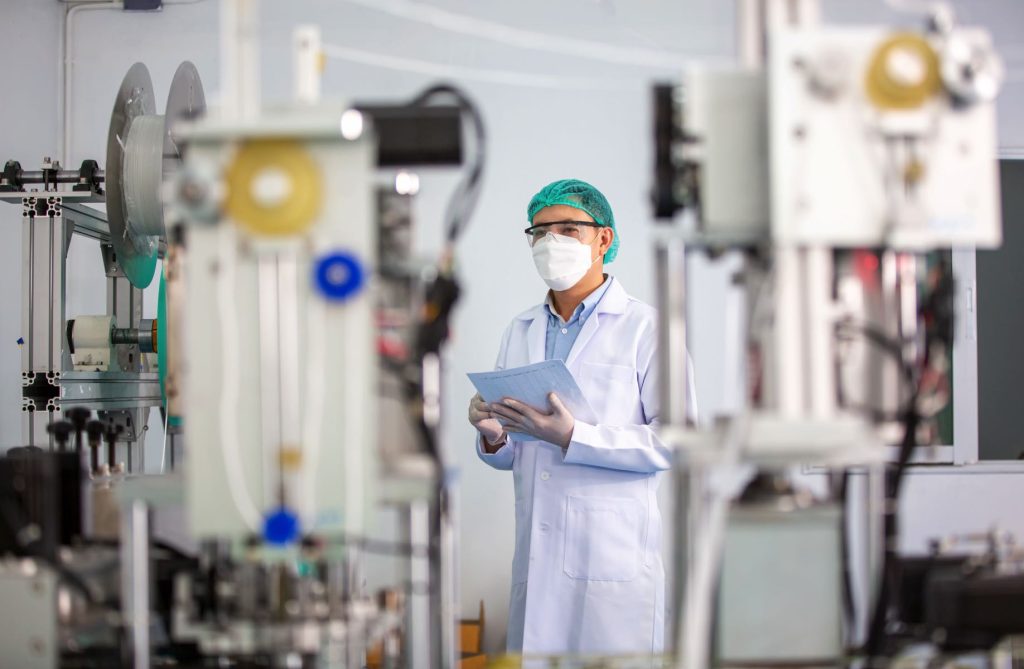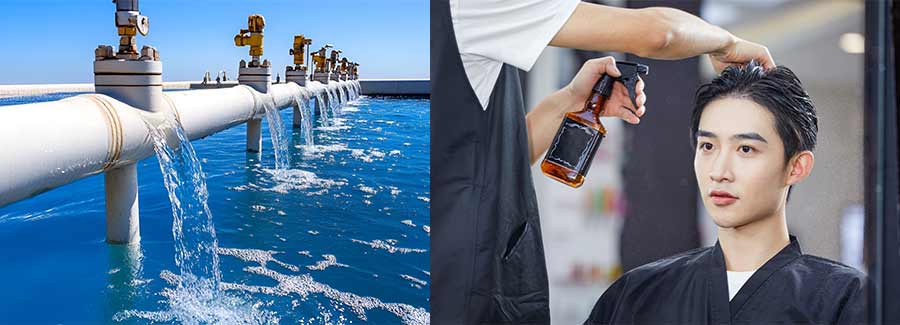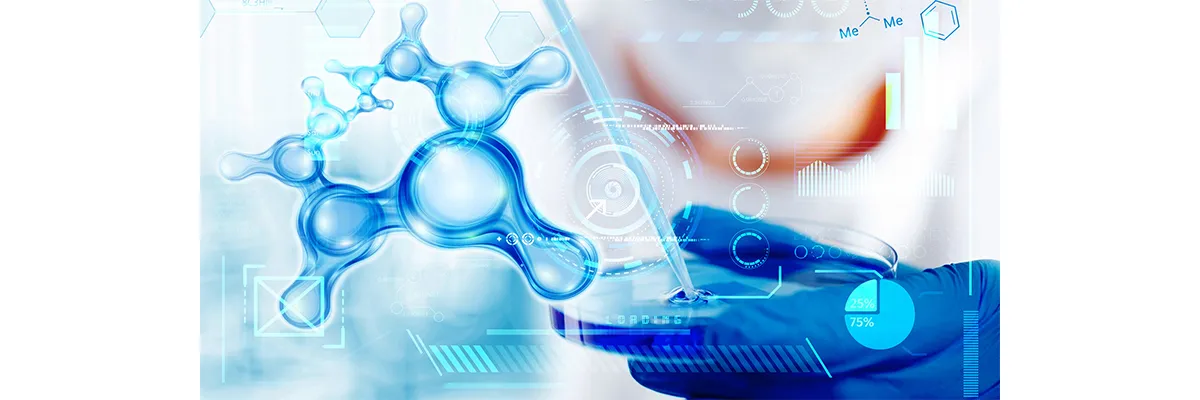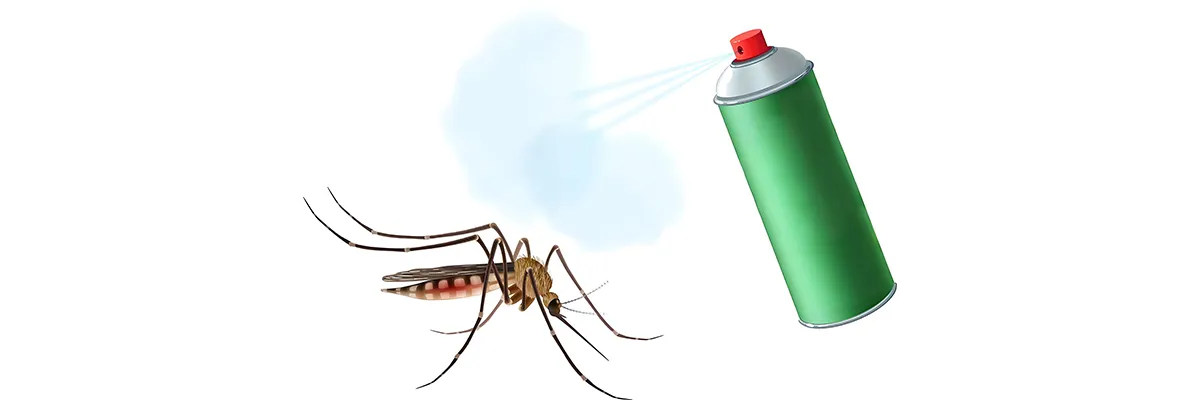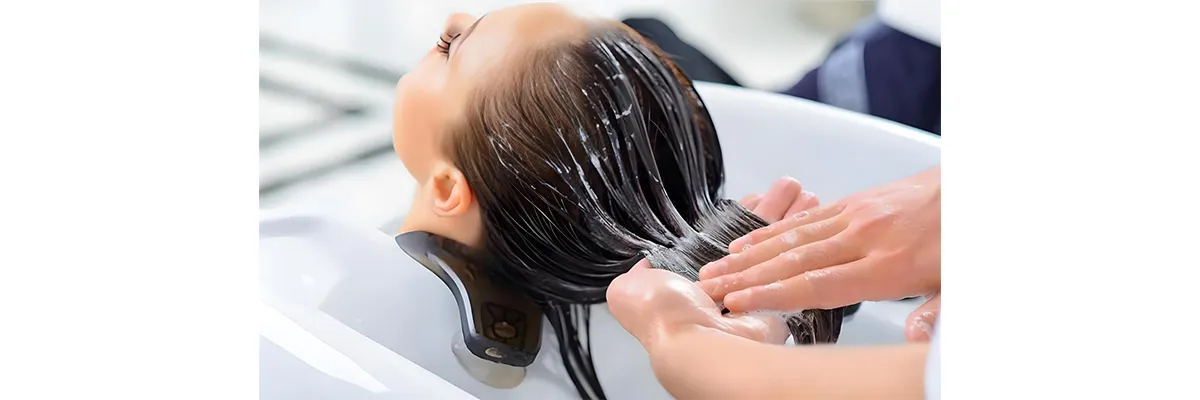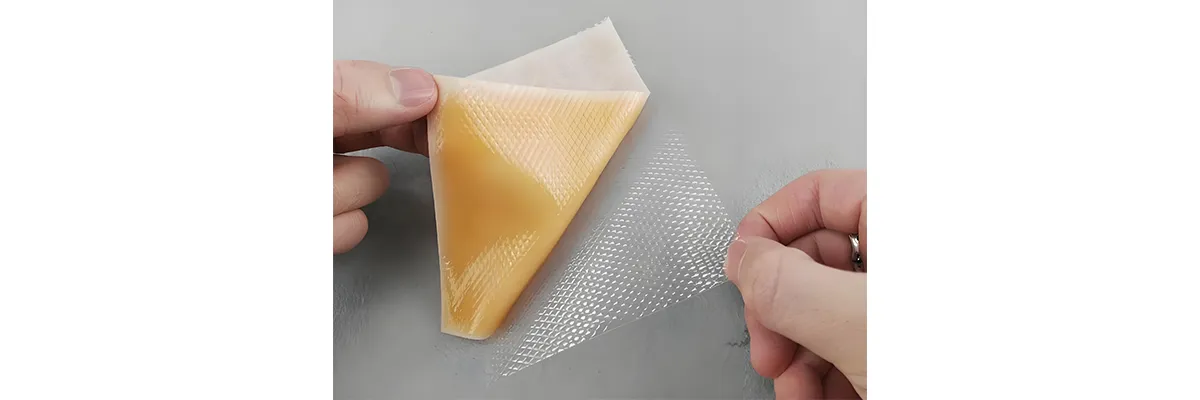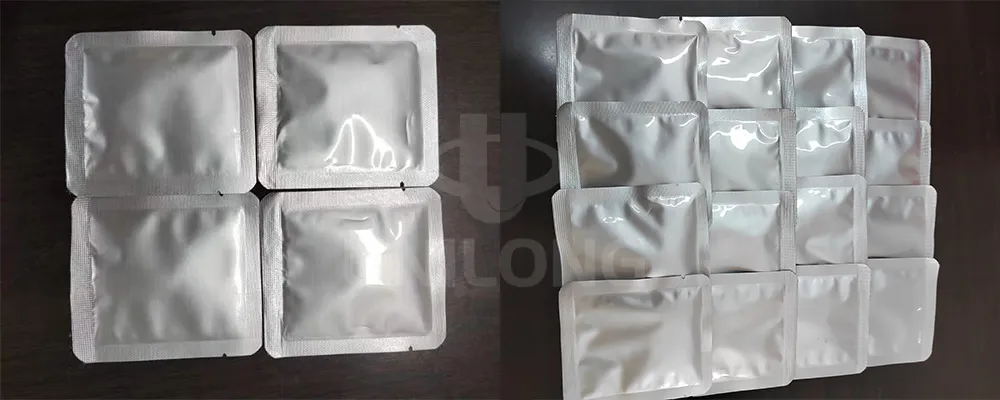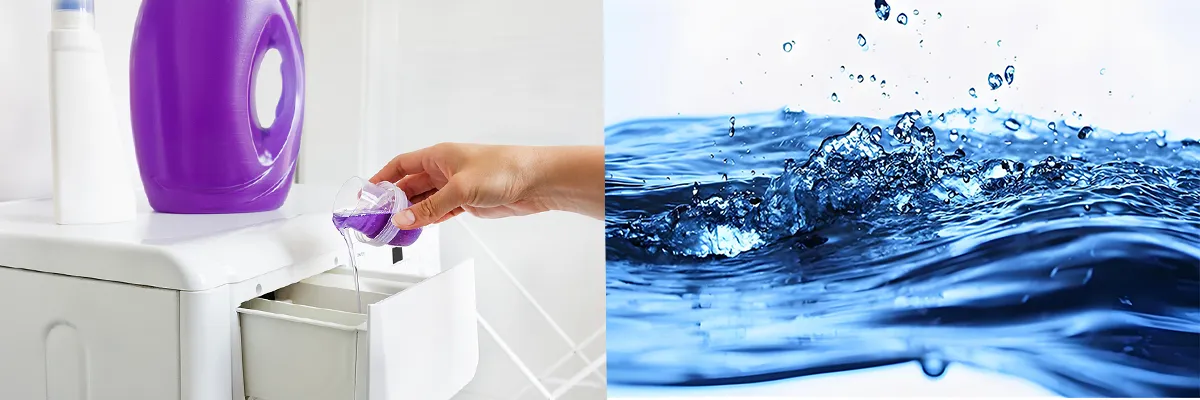2008
Unilong de l'Industrie, fondée en 2008, la société a de plus en plus high-tech, entreprise chimique. Il a commencé à se concentrer sur des produits de chimie fine. Plus tard, il est entièrement transféré à la R & D et la production de nouvelles séries de produits.
2011
Unilong Industrie a dépassé le IS014001 de gestion de l'environnement système de certification et est répertorié comme une entreprise de haute technologie dans la Province de Shandong, qui fournit des conditions favorables pour le développement futur de la société.
2012
La société a ouvert Shandong direction et a commencé à développer la production de la direction à l' cosmétiques matières premières et quotidienne chimiques des matières premières.
2016
La société ouvre un polymère d'usine, champ d'activité couvre la R&D, la production et les ventes de quotidiens chimiques des matières premières, de matériaux biodégradables et de l'impression 3D de matériaux.
2017
Nous avons déjà réalisé liées au produit, y compris les certificats ISO9001, BPI DIN NTSQP, etc. Il ya un dicton dans le marché “Uli-ECO, vous allez l'aimer”.
2020
Unilong Industrie est devenue un one-stop-l'acheteur et le fournisseur de service pour de nombreux clients à travers le monde. À l'heure actuelle, ses produits sont exportés vers le Nord et Amérique du Sud, Europe, Asie, Australie, Afrique du Sud et d'autres dizaines de pays et régions.
2022
Unilong est de garder des relations avec le top high-tech lab et s'est engagé dans de nouveaux renouvelables, la recherche sur les matériaux.Avec bas-carbone, la protection de l'environnement, non-toxique de nouveaux matériaux de direction.







